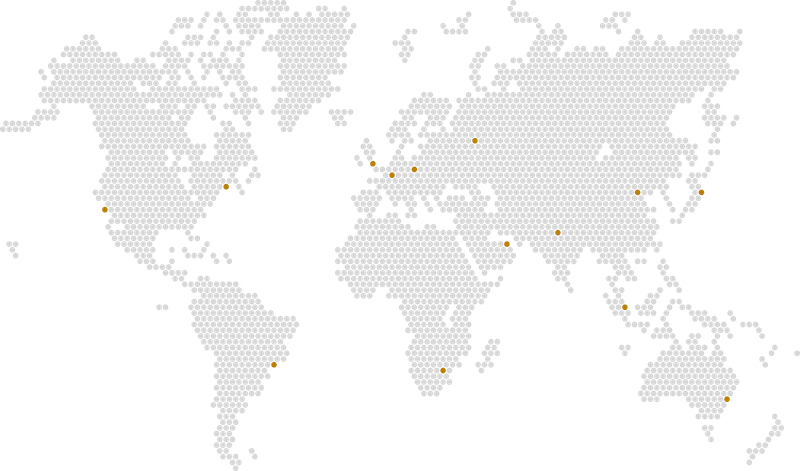
Understanding the intricate rules governing effective prediction is paramount to navigating the complexities of future business endeavors. To illuminate this subject, our article is structured to first elucidate the disparities between forecasting and planning, thus fostering a deeper appreciation for the significance and constraints of forecasting within organizational frameworks.
Forecasting
Forecasting entails the analysis of forthcoming business operations in alignment with the core objectives of an enterprise. This predictive process involves the comprehensive collection and synthesis of data from past and present sources to extrapolate potential future outcomes and their implications on business prospects.
Utilizing either quantitative methodologies such as time series analysis and regression, or qualitative approaches like consumer surveys and managerial insights, forecasting endeavors to provide insight into the dynamics shaping future business landscapes.
Planning
Conversely, planning constitutes a managerial endeavor aimed at delineating the when and how of operational activities. It serves as a goal-oriented, iterative process wherein top management harnesses both empirical evidence and intuitive foresight to chart the trajectory of organizational endeavors.
By bridging the temporal chasm between the present and the future, planning enables businesses to strategically allocate resources in alignment with their objectives and emergent opportunities.
It is crucial to refrain from pitting forecasting against planning as adversaries; both necessitate acumen, foresight, and critical thinking to inform judicious decision-making.
Seven Rules of Forecasting
Conservatism: Adhering to cumulative knowledge from the past and present, this rule emphasizes maintaining consistency in problem-solving to ensure focus and efficacy.
Defining Uncertainty: Acknowledging the inherent unpredictability of future events mitigates reliance on assumptions, fostering more robust and actionable forecasts.
Identifying the S Curve: Recognizing the non-linear nature of change facilitates anticipation of inflection points, crucial for proactive decision-making.
Embracing Discrepancies: Vigilance towards indicators that defy conventional categorization is imperative to prevent oversight of potentially transformative insights.
Diverse Information: Guarding against over-reliance on singular data sources mitigates the risk of bias and enhances the robustness of forecasts.
Historical Reflection: Leveraging past events as a lens to interpret present trends enhances foresight and facilitates more informed future projections.
Prudent Abstention: Recognizing when forecasts may lack sufficient basis or may lead to unwarranted speculation is essential to maintain credibility and integrity.
In conclusion, while forecasting serves as a valuable tool for navigating future uncertainties, it is not a crystal ball; rather, it offers a framework for logical decision-making grounded in empirical evidence and critical analysis. By adhering to these rules, organizations can imbue their forecasts with coherence and resilience, thus enhancing the efficacy of their strategic endeavors.
Operations Management Services
Discover how our tailored operations management services can help you improve the operational performance of your organization.
Subscribe to our newsletter
Join our community of like-minded Operational Excellence enthusiasts and subscribe to our newsletter for the latest trends, expert insights, and exclusive content delivered straight to your inbox. Let’s connect, explore and discover excellence in every step.
Keywords: RULE, BUSINESS, UNCERTAINTY, FORECASTER, PLAN, FUTURE, FORECAST, LOGIC, BASE, forecasting vs. planning




